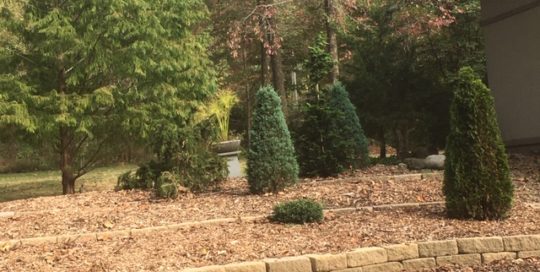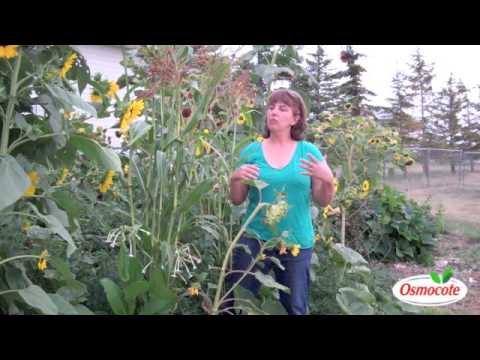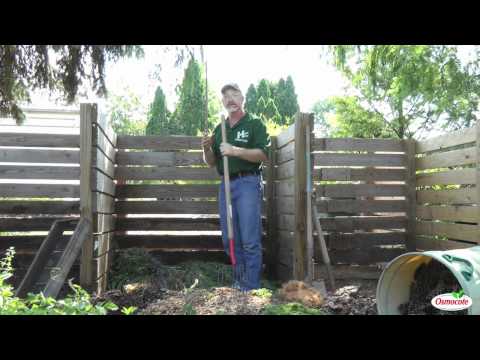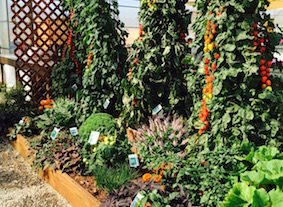Once the raised bed is built, what do you fill it with?
If ten people are asked what is the best soil to use in a raised bed, they’ll give eleven different answers. In the end, the choice most likely will be based upon the plants to be grown and what is readily available. Peat moss, perlite, sand, pine bark fines, vermiculite, compost, garden soil, the list of possible raised bed materials goes on and on. There are several things to keep in mind. At the top of my list is drainage. While soil needs to drain, it also needs to retain moisture. Pure sand drains easily but water retention lasts only five minutes.
Another factor to consider is the stability of the plantings. Straight peat moss, for example, will not support a heavy plant. Further, if you allow peat to dry-out completely, it is very hard to re-introduce moisture into it as it will become hydrophobic. Once the materials to be used are identified, you’ll need to determine the proportions. That will be governed by the type of plants that are planned for the bed. For instance, if you wish to grow carrots, use a little more peat and perlite so that roots can easily penetrate the growing medium. Tomatoes or peppers, on the other hand will benefit from the use of more garden soil or compost in order to keep the plants upright.
Three reasons for raised bed gardens
As one gets older, it becomes harder to bend, kneel, or stoop, so why not bring the garden UP to you? Weeding, harvesting, pest inspection all become easier to accomplish. In the spring, the soil in a raised bed warms up faster, which will speeds germination. It is amazing how just a few degrees in temperature will make things grow faster. And, speaking of soil, if you have really lousy, clay-based soil, growing root crops can be almost impossible. A raised bed makes such crops much more practical.
A few final thoughts on raised bed gardens
Pretty much anything can be used to frame a raised bed, wood, metal, bathtubs, just as long as it can withstand a few seasons of sun, and water. Make sure the walls of the don’t poison your food. Beds need to be deep enough to grow the crop you desire. For example, a raised bed for potatoes should be at least 12 inches deep. Use a well-draining soil, which can still retain moisture. Don’t get yourself in a frenzy over the measurement of each component of the soil. Think of it like cooking, some of this, some of that, and a bunch of something else. Over the course of a couple of seasons, you’ll figure out what works best for the plants you are growing.
Happy Growing!





-540x272.jpg)



